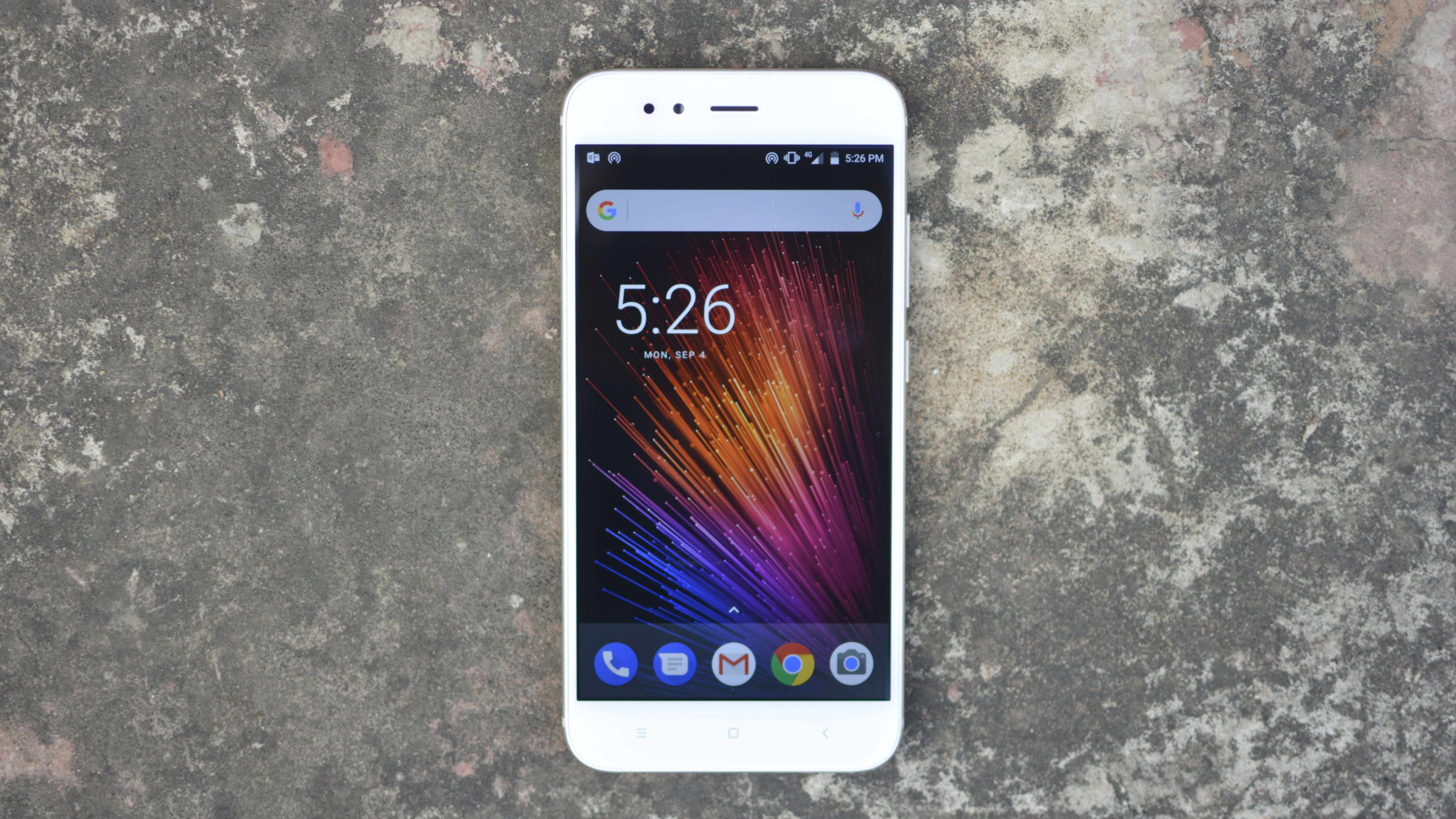It's all in the screen: Here are the smartphones with the best displays
Univisium, OLEDs and more

Having a good quality display is the very basic aspect of any smartphone – while a powerful chipset may be able to render great graphics and deliver smooth performance, without a good quality display, the experience will always remain subpar.
Keeping that in mind, we have curated a list of smartphones with the best displays in the market right now. For this purpose, we have considered aspects like colour reproduction, sunlight visibility, brightness etc.

Samsung Galaxy Note 8
AMOLED technology has come a long way and as far as smartphones are concerned, Samsung has pioneered it with its smartphones over the last few years. The company’s latest flagship, the Galaxy Note 8, comes with one of the best displays on smartphones – the phone features a big 6.3-inch Quad HD+ Super AMOLED panel and almost crosses 650 nits when it comes to brightness.
The Galaxy Note 8 also performs great in other aspects like colour accuracy and sunlight visibility.
Another aspect to note is that the Galaxy Note 8 comes with HDR support, allowing you to see a lot more details in the highly dark/bright areas of the scene.
Read the Samsung Galaxy Note 8 review.

Apple iPhone X
The iPhone X represents a bold and a radical step in terms of smartphone design from Apple. Featuring a notch on the top and ditching the Home button, the iPhone X is also the first iPhone to feature an AMOLED panel.
Get daily insight, inspiration and deals in your inbox
Sign up for breaking news, reviews, opinion, top tech deals, and more.
According to several sunlight visibility tests, the iPhone X’s display scores the highest points when compared to any other smartphone launched in 2017. While the display refreshes at a usual rate of 60Hz, the touch sample rate is at 120Hz, giving users an almost instant and smooth reaction. Just like the Galaxy Note 8, the iPhone X also comes with HDR support.
Read the Apple iPhone X review.

Mi Mix 2
Xiaomi made bezel-less smartphones popular with the original Mi Mix. However, for the Mi Mix 2, Xiaomi chose a slightly smaller display at 5.99-inches. However, unlike the top two phones in this list, the Mi Mix 2 comes with an IPS LCD panel.
Although the Mi Mix 2 does not offer Quad HD resolution, it does come with a highly colour accurate screen, beating even the iPhones.
In the mid-range segment, the Mi Mix 2 is a good option that you can consider apart from other phones like the OnePlus 5T and the Honor View 10.
Read the Xiaomi Mi Mix 2 review.

OnePlus 5T
The OnePlus 5T rectifies almost all the issues that cropped up with the OnePlus 5, and the displays sees the most significant upgrade in the company’s latest smartphone. While the OnePlus 5 was plagued by the ‘Jelly scrolling’ effect, the OnePlus 5T’s display is nearly flawless.
OnePlus has also embraced the new 18:9 aspect ratio with its latest flagship – the OnePlus 5T comes with a 6-inch Full HD+ Optic AMOLED panel with DCI-P3 support.
Read the OnePlus 5T review.

Sony Xperia XZ Premium
Smartphones with Quad HD displays are the norm when it comes to flagships, with some of them even offering HDR support, but there is only one smartphone that offers HDR support at 4K resolution. The Sony Xperia XZ Premium also comes with Adaptive Tone Mapping, a feature found in Sony’s BRAVIA TVs, allowing you to enjoy media regardless of the light condition.
Read the Sony Xperia XZ Premium review.

Honor View 10
The Honor View 10 is Huawei’s latest flagship smartphone in the budget segment, offering some of the high-end specs at mid-range prices. In addition to delivering a very good value for money, the Honor View 10 also comes with a 5.99-inch 18:9 display with a Full HD+ resolution. Out in the sunlight, the Honor View 10 can get bright enough to be legible. In terms of colour reproduction, the View 10 can compete very well with high-end phones with IPS LCD panels.
Read the Honor View 10 review.

Xiaomi Mi A1
The Xiaomi Mi A1 is the first Xiaomi smartphone to run on stock Android. Launched under the Android One program, the Mi A1 comes with a 5.5-inch Full HD display. Even though it comes at a budget price, the Mi A1 defies the price when it comes to the display and the overall quality – the phone’s display can reach up to 550 nits brightness and up to 1570:1 contrast ratio, which translates to an excellent experience overall. The colour reproduction is also decent, especially given the budget pricing of the phone.
Read the Xiaomi Mi A1 review.
Rounak has been writing about technology for over five years now. Prior to Business Insider, he has worked with Tech Radar and PCMag where he covered the latest news and reviews of gadgets. In his free time, he likes to follow cricket.
